What Are Leek Moths: Tips On Leek Moth Control
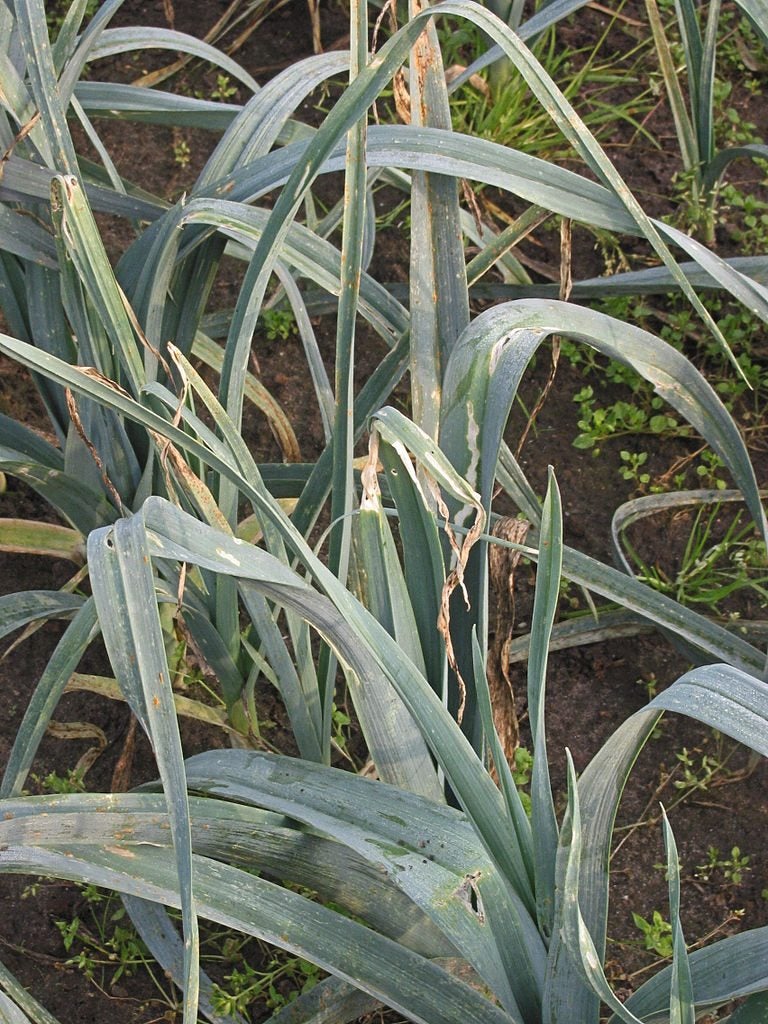

Only a few years ago the leek moth was seldom seen south of Ontario, Canada. Nowadays it has become a serious pest of leeks, onions, chives, and other alliums in the U.S. as well. Find out about leek moth damage and how to control these destructive pests.
What are Leek Moths?
Also called onion leaf miners, leek moths (Acrolepiopsis assectella Zeller) were first detected in North America in 1993. Natives of Europe, Asia, and Africa, their appearance on the North American cotenant began in Ontario, Canada, and a few years later they moved south into the U.S. They were slow to catch on at first, but now pose a significant threat to allium crops. They are known to feed on 60 different species of allium, both cultivated and wild. Leek moths prefer the youngest leaves, seldom feeding on those more than two months old. The moths show a strong preference for flat-leaved species. As they feed, they migrate toward the center of the plant where younger and more tender leaves are found. The caterpillars don't usually attack the below-ground or reproductive parts of the plants.
Leek Moth Information
Leek moth larvae feed on both the outside surfaces and inner parts of allium leaves, leaving them severely damaged and susceptible to diseases. They sometimes feed on the leaf material until it is so thin that you can see right through it. The damaged areas are called windows. In some cases, the larva also damage the bulb. Let's take a look at the leek moth life cycle so we can better understand how to control them. Adult leek moths overwinter on leaf debris, and then surface to lay eggs around the base of host plants in spring. When the eggs hatch, the caterpillars feed and grow over a period of about two weeks. They pupate on leaves of alliums or nearby plants inside a loosely woven cocoon. The cocoon appears to be nothing more than a sparse net thrown over the pupating insect, and you can clearly see the developing moth inside. The adult moth emerges in about ten days. Here are some of the most effective methods of leek moth control:
- Row covers are effective at excluding the moths. You can safely remove the covers during the day to weed and tend the crop, but they must be in place by dusk to prevent the moths from reaching the plants.
- Hand pick and destroy the cocoons.
- Rotate crops so that you are planting alliums in a different location each year.
- Remove and destroy infested plant parts.
- Remove plant debris at the end of the season so the moths don't have a place to overwinter.
Gardening tips, videos, info and more delivered right to your inbox!
Sign up for the Gardening Know How newsletter today and receive a free copy of our e-book "How to Grow Delicious Tomatoes".

Jackie Carroll has written over 500 articles for Gardening Know How on a wide range of topics.
-
 Terrifically Tubular Flowers For Hummingbirds: 9 Tube-Flowered Plants To Attract Hummers
Terrifically Tubular Flowers For Hummingbirds: 9 Tube-Flowered Plants To Attract HummersGrowing tubular flowers for hummingbirds helps you create the optimum feeding conditions for your winged friends. Here are nine tubed delights for hummers
By Tonya Barnett
-
 How To Grow Hydroponic Tomatoes For Fresh Indoor Harvests – No Soil Required
How To Grow Hydroponic Tomatoes For Fresh Indoor Harvests – No Soil RequiredLearning how to grow tomatoes in water is easy and allows you to harvest fresh-home-grown produce in every season without any mess.
By Ellen Wells
-
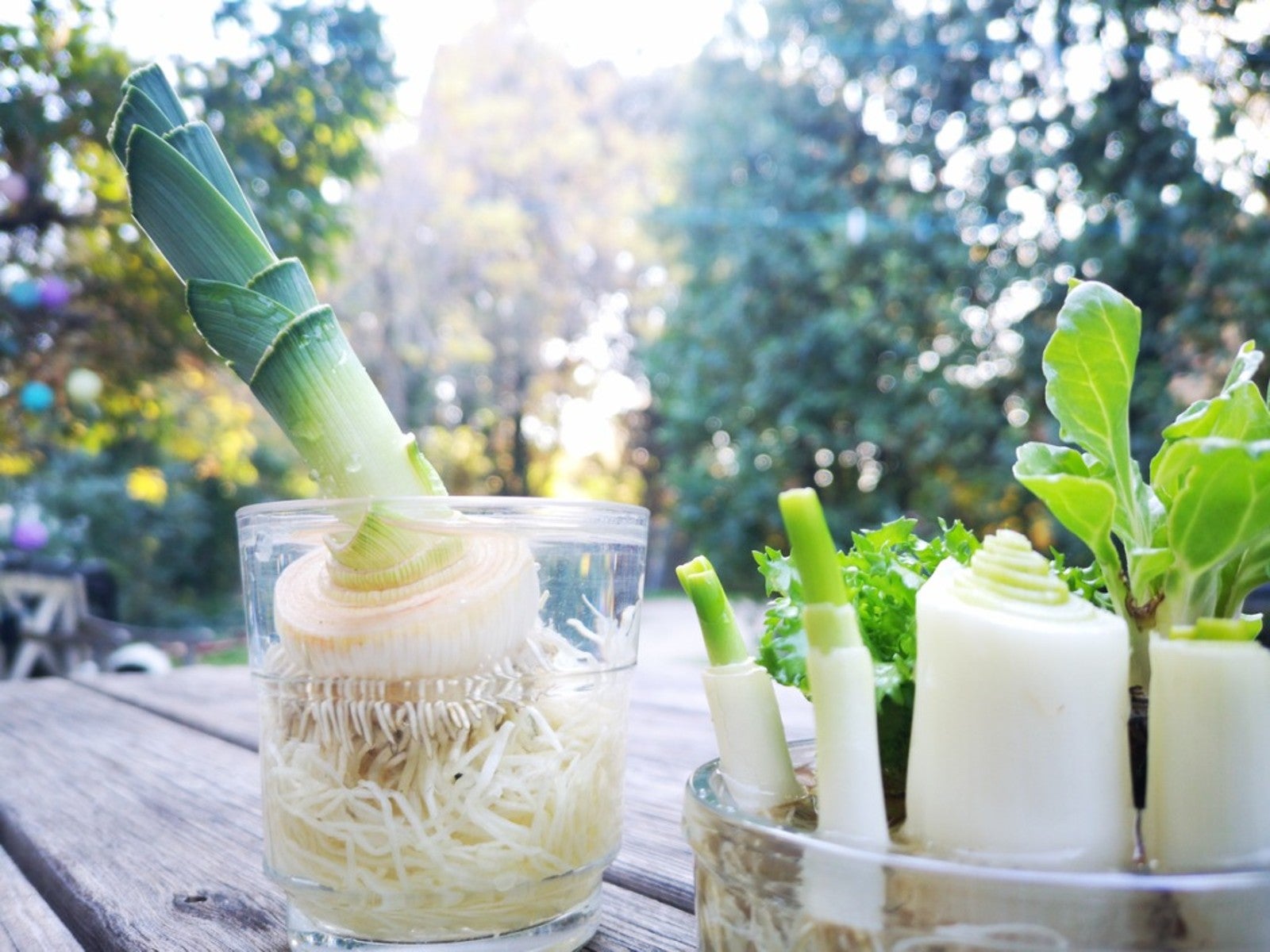 Propagating Leeks: How To Grow Leeks From Seed Or Scraps
Propagating Leeks: How To Grow Leeks From Seed Or ScrapsLeeks aren’t as difficult to cultivate as you might think. You can even regrow leeks from table scraps. Click to learn how to propagate leeks.
By Laura Miller
-
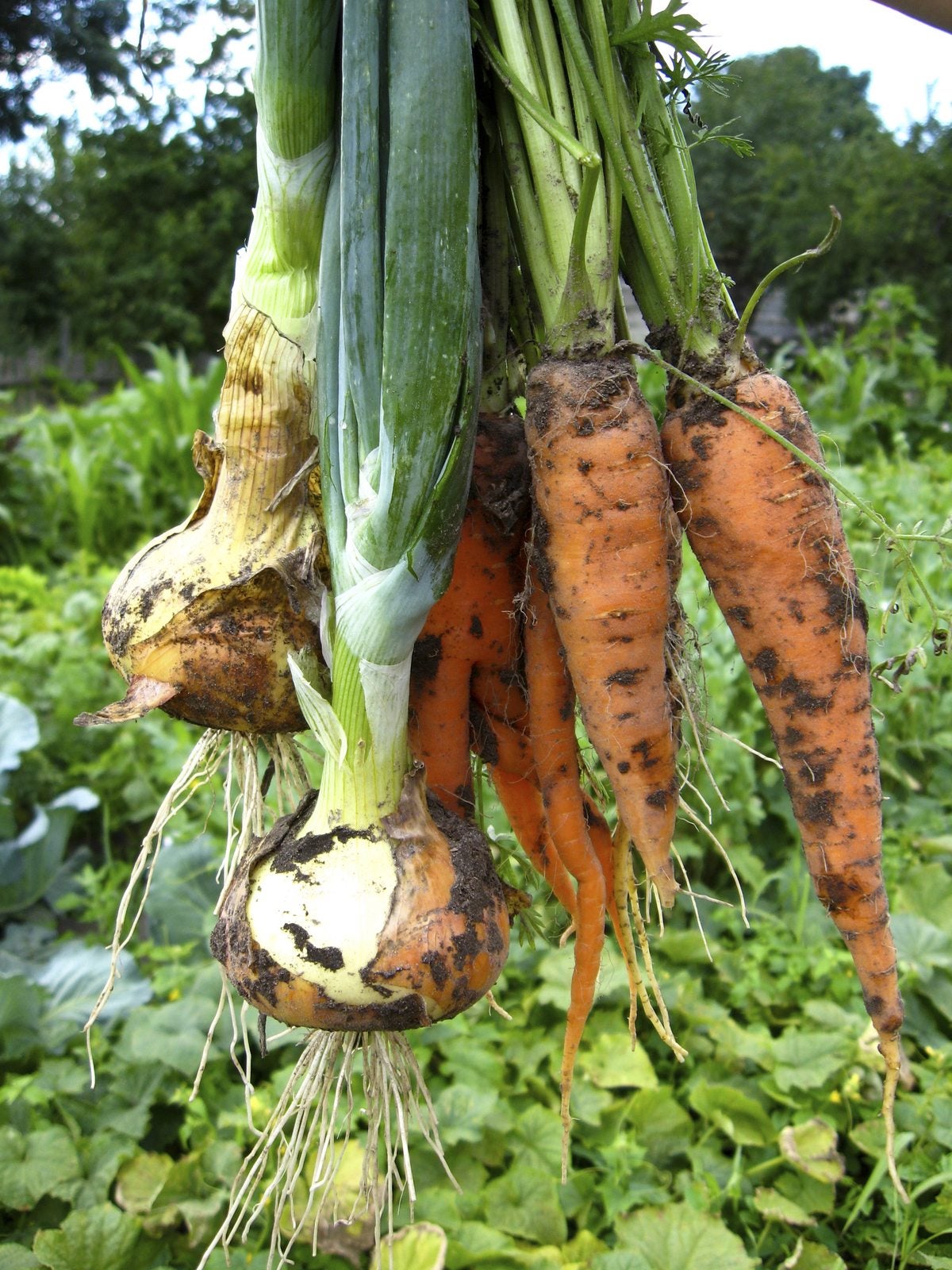 Companion Plants For Leeks: What To Grow Next To Leeks
Companion Plants For Leeks: What To Grow Next To LeeksCompanion plants for leeks help prevent populations of predator insects while enhancing growing conditions. Their strong scent isn't a good combo with every plant, but a few don't mind a little onion breath and make great leek plant companions. Learn more here.
By Bonnie L. Grant
-
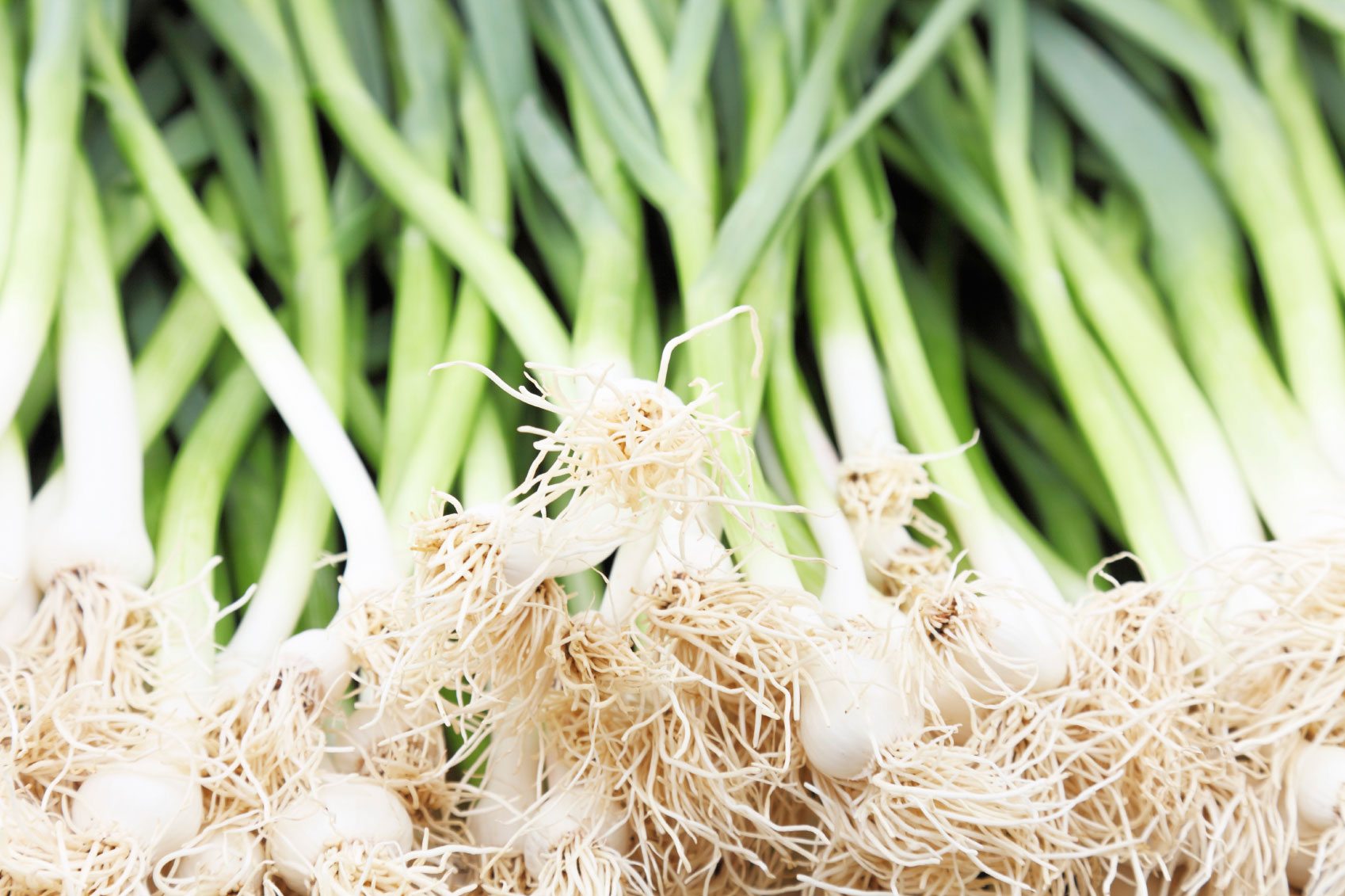 Skinny Leek Plants: Reasons Why Leeks Are Too Thin
Skinny Leek Plants: Reasons Why Leeks Are Too ThinLeeks are a cool season crop, relatively easy to grow in rich soil. They can be planted from seed or transplanted like onions from leek sets. With few pests or disease problems, the major issue when growing leeks may be scrawny looking leeks. Learn more here.
By Amy Grant
-
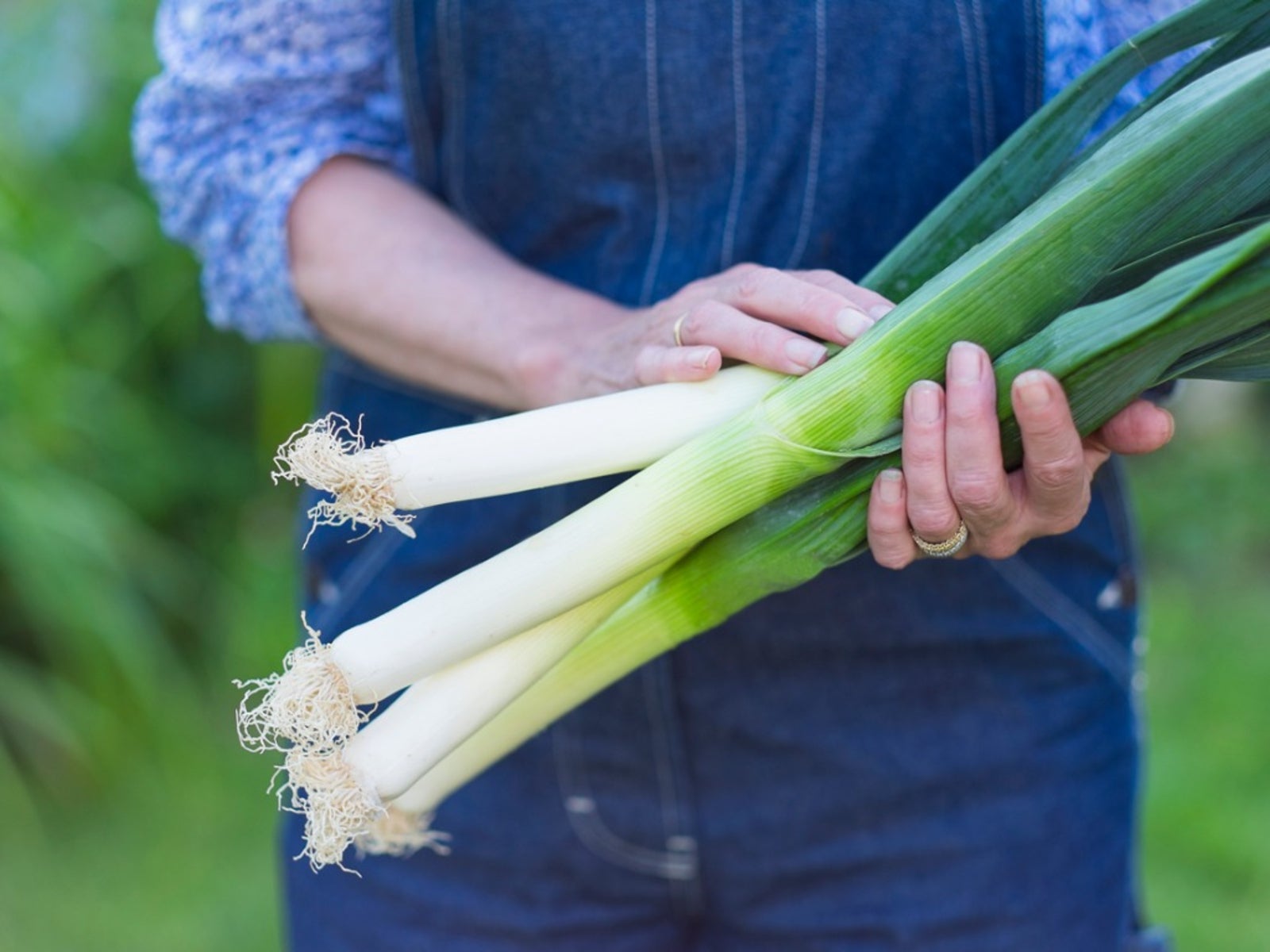 Harvesting Leek Plants: Tips On When And How To Harvest Leeks
Harvesting Leek Plants: Tips On When And How To Harvest LeeksLeeks are members of the onion family, but instead of forming a bulb, they form a long shank. Read here to learn more about picking leek plants in the garden to take advantage of all they have to offer.
By Jackie Carroll
-
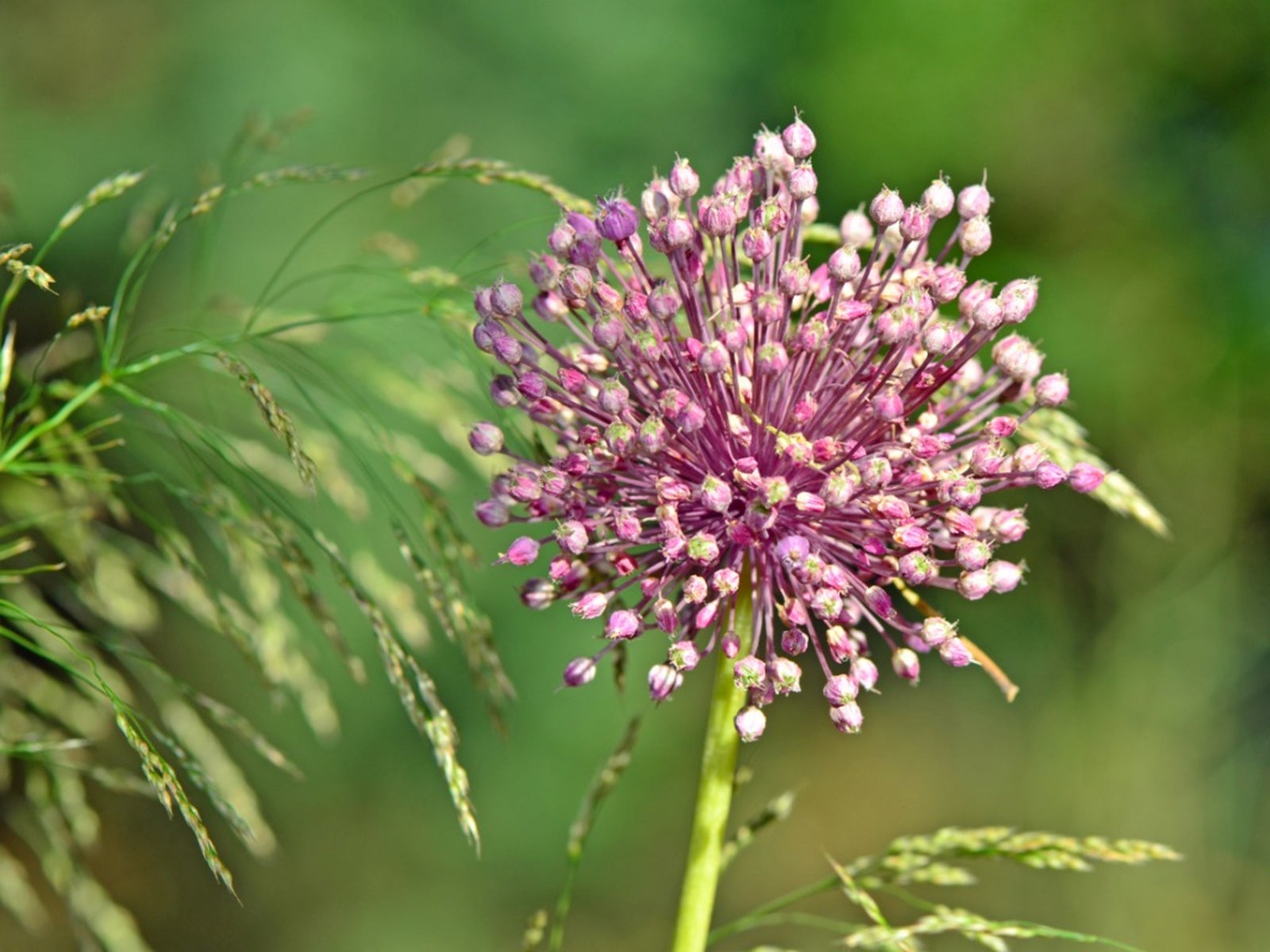 How To Stop Leeks From Bolting And Going To Seed
How To Stop Leeks From Bolting And Going To SeedLeeks can be an unusual but delicious vegetable to grow in the garden. A common problem with these alliums is bolting leeks. When leeks are gone to seed, they become tough and inedible. Learn how to prevent that here.
By Heather Rhoades
-
 How To Grow Leeks And Tips For Harvesting Leeks
How To Grow Leeks And Tips For Harvesting LeeksGrow some leeks for a delicious, mild onion-like flavor in soups and other fine cooking.
By Nikki Tilley